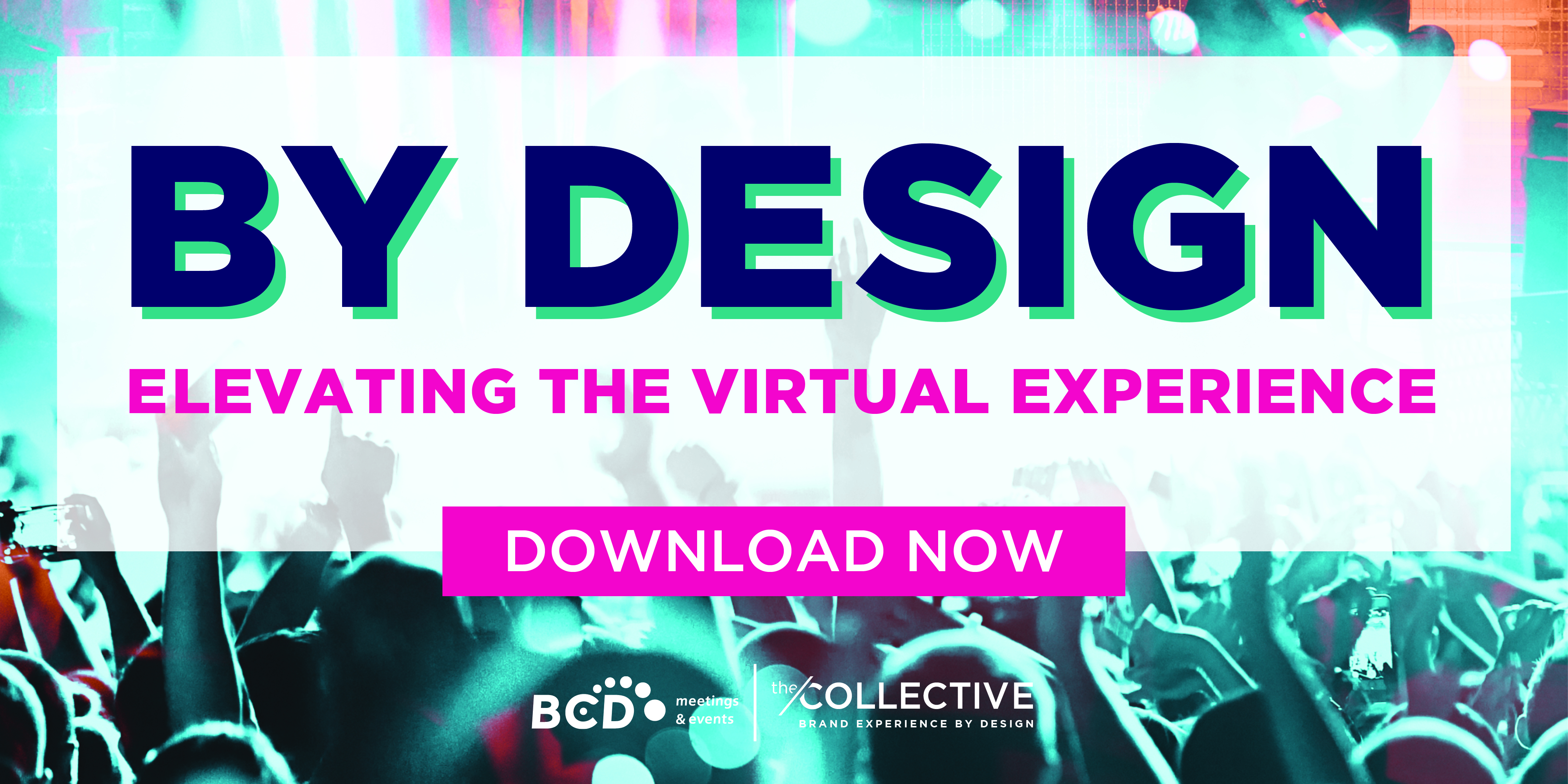What are virtual meeting best practices that can also be utilized for in-person events? Read key learnings to consider as parts of the world approach the return to face to face.
Like many industries, meetings and events had to quickly adapt at the onset of the COVID-19 pandemic. In order to continue servicing meetings, now in a virtual format, quick collaboration, the formulation of new and updated best practices, and creation of training collateral had to take place across the globe – almost immediately.
Event professionals had to quickly learn, understand and coach meeting owners on the best ways to deliver an event that met their goals despite the absence of face to face connection.
Along the way, it was realized that many virtual best practices can be easily translated to in-person application. And that these new learnings could be the silver lining amid the many challenges presented by the pandemic.
Virtual best practices to utilize in live event planning
Speaker Preparation
Prior to 2020, most speaker preparation consisted of a quick 20-minute session – just a mic and lighting check plus, review of the slide deck. But, with the move to virtual, it was soon realized that speaker prep was crucial to the event delivery. Speakers attended rehearsals in order to facilitate equipment checks and receive coaching on proper attire, positioning and audience engagement.
If we take this same philosophy and move it back into the in-person experience, there is no doubt that speakers will make better use of their staging, be more comfortable with presenting, and understand how to better engage their live audience.
Attention Spans
The attention span for a digital event is significantly reduced from that of an in-person experience. As a result, agendas had to be created with this in mind. Short Ted-style talks, interactive elements, frequent timed breaks, shorter general sessions, and multiple speakers are a few ways to keep audience engagement high. Since meeting attendees have grown used to these elements, it’s worth considering incorporating them into your next in-person experience to keep people engaged while minding their attention spans.
Attendee Journey
Understanding the attendee journey and pre-collaboration is a necessity to gauge audience attendance and drive higher levels of engagement. When attendees absorb pre-meeting materials, they’re more likely to retain the message of the event, during the event. This is certainly a best practice to keep in mind moving forward. Additionally, it’s important to remember post- event engagement. If there was a concept shared or product launched, it’s imperative for education to continue post meeting to reinforce connection to the event and attendee engagement. Understanding the entire attendee journey is key to executing a successful meeting or event.
Download By Design and learn how to Amplify the Attendee Journey
Brain Fuel
Food didn’t go away with the introduction of virtual programs. Some clients kept the F&B component in place by shipping meal kits, snacks, alcohol, sweet treats and more to attendees. Pre-COVID, so much emphasis was placed on keeping attendees healthy, happy and providing brain fuel to keep them engaged throughout a meeting. When meetings return to in-person or hybrid, food will continue to be a strategy used to keep attendees happy, alert and engaged.
Knowledge Check
What did attendees absorb during the meeting? Virtual meetings include Q&A, online chat forums, polling questions and more. This should continue with in-person meetings to help ensure attendees capture key messages. Suggestions include a recap of a speaker’s final thoughts, mobile app messaging and post event surveys. Since the main goal of events is to engage and educate, it’s imperative to re-enforce learnings.
Work / Life Balance
To say that 2020 was a difficult year would be an understatement but we learned the true value of health, mental wellness and spending time with loved ones. Once travel resumes to pre-COVID levels and we’re back in hotels and venues once again, time should be allotted for attendees to check in with work, chat with family, and workout. This will leave attendees healthier and happier and more apt to attend future meetings in-person.
Over the last year, the meetings and events industry was reinvented, with advanced best practices developed faster than ever before. It’s important to keep these best practices top of mind as we move to hybrid and in-person in order to keep the momentum of positivity flowing.
Originally published May 28, 2021 12:25:59 PM
Last updated on Jan 3, 2023 10:05:20 AM


